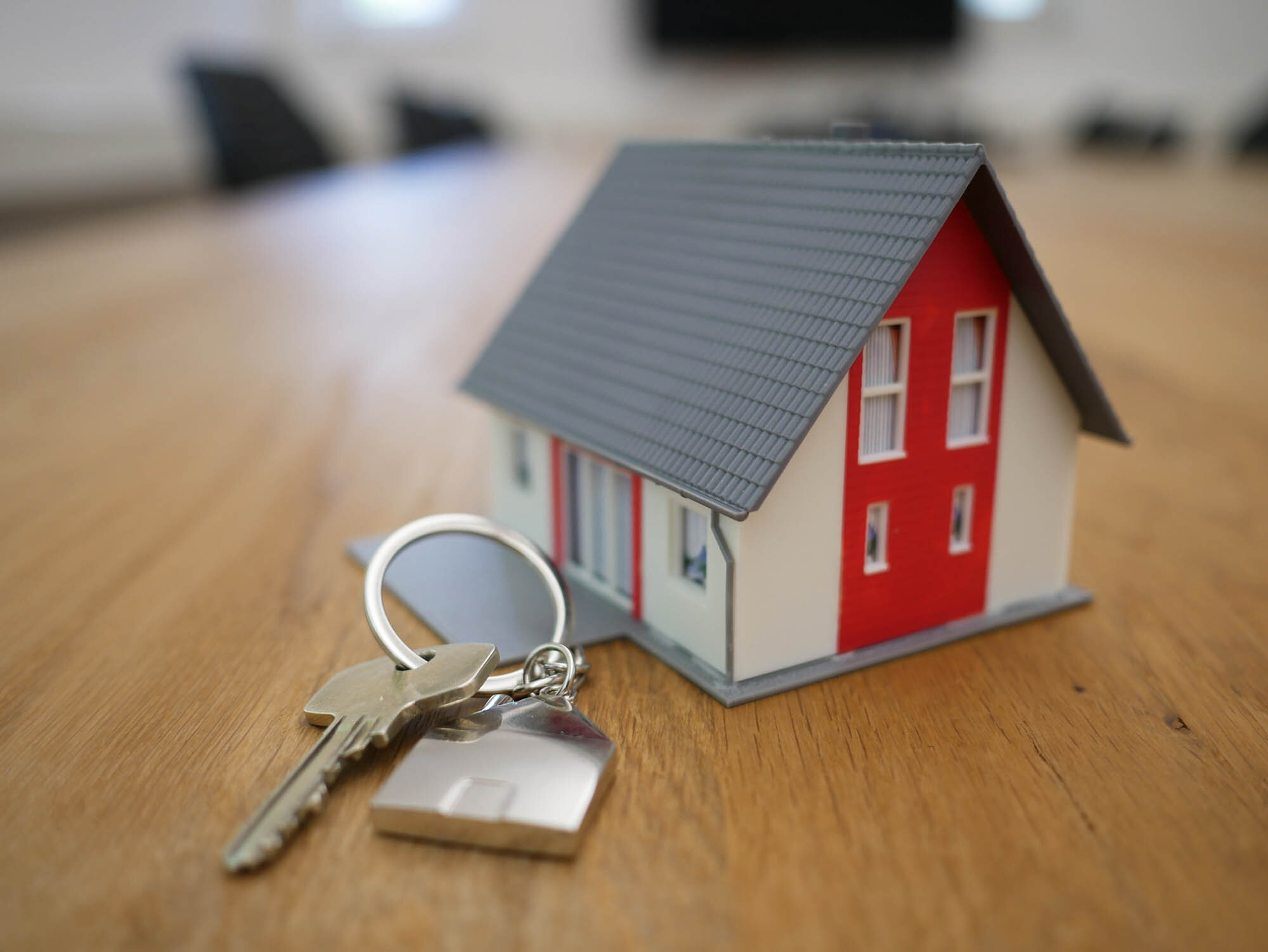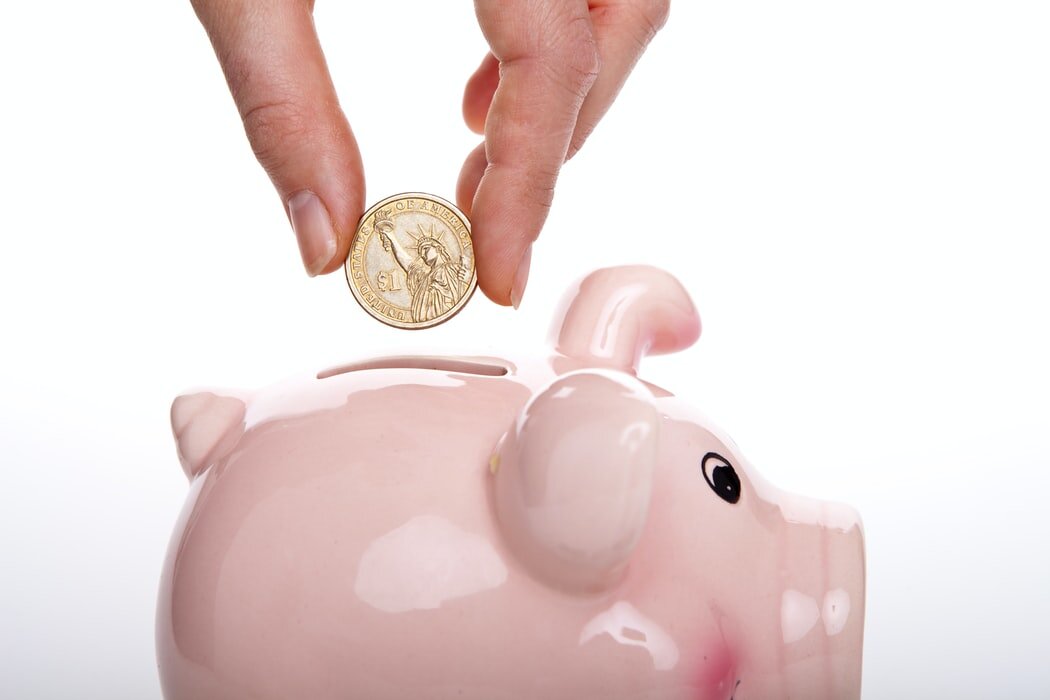
Why do Singaporeans love to own additional properties on top of their own stay property as a form of investment?
We’re going to break it down into three very simple benefits – whether it is a rental investment strategy or is it a more mid-term investment strategy for capital appreciation? Let’s have a look at some assumptions first before we go into the three distinct benefits. Now, having an additional property is basically like having an additional part-time business because it’s really like setting up another business. You need to manage the rental, you need to manage the purchase. You’ve got to manage holding onto the property on your own end as an investor – Things like your yearly property tax, your quarterly MCST fees, and any repair/upkeep costs.
[Today’s article will be more numbers drive – you’ve gotta follow along with us to make sense of it ]
If you rent out the property to a tenant, you have to “look after” the tenancy. It is more like an additional set of business that you self-created. When you decide to invest in a property to enjoy the kind of leverage and passive rental, it is important to assume that you have the mentality prepared to have an property investment arm in your portfolio. You have to take note that it will become a part-time business that you have to manage.
Let’s use an example here – if you were to buy a property today at $1.2 million, assuming that you’re age 35 and you take up a maximum loan tenure of 30 years, meaning that by age 65, you fully pay off the property mortgage loan. Meantime, you decide to rent out this property when it “TOPs”(aka achieves its Temporary Occupation Permit) or is completed.
Assuming you had bought a brand new property under construction. Three years later, upon completion and TOP, you rent it out and at the point of completion. Assuming that you are able to rent out for the $1.2 million purchase, you’re able to rent out at $3,000. It is located in the city fringe area right beside the MRT station. There’s an existing tenant pool, it’s brand new, full facilities, so you can fetch a $3,000 rental on $1.2 million property.
The monthly instalment based on the 2.4% interest rate for 30 years will be at about $3,500. At this point in time, let’s break down the instalment into two components. It is to introduce you to the concept of the principal and the interest component of your monthly instalment. If your money instalment is at $3,500, based on a 2.4% interest rate, the initial principal amount is about $1,700 and the interest portion that the bank needs to earn from you is at $1,800. The principal and the interest will change along the way of the tenure, but to simplify it to illustrate the example below, let’s assume that it stays constant at $1,700 for principal, $1,800 for interest. Why is there an interest component? Because you leveraged and took on a mortgage loan to buy a $1.2 million property. You come up with a 25% for the down payment, 5% cash, 20% CPF or cash and then the buyer stamp duty, which the calculation is 4% minus 15,400 and that will bring it to be about $300,000 and you loan $900,000 from the bank.
Because you are eligible to take on some debt leverage on the property now rather than saving up a full $1.2 million. You don’t need to wait for that to happen and it allows you to own the property right now if your income qualifies you for a mortgage loan of $900,000 from the bank.
Why do property investors leverage to purchase a property? The first benefit is that this then gives birth to a rental strategy and you now have an asset that can help you to earn rental as a form of income. Let’s term this first benefit as a “rental strategy”. Going back to just now where we talk about your instalment, technically speaking, you can use the $3,000 rental collected to take care of the interest component. So $3,000 minus $1,800 and you still have a balance of $1,200 which will then be used to contribute to your principal.
One thing to note is your monthly instalment is $3,500, you collect a monthly rental at $3,000, and there’s a shortfall of $500 that you need to fulfil that also contributes to the principal portion. This $500 you have the top-up for the entire tenure, assuming your instalment stays the same throughout, assuming your rental stays the same. Do note that in a real-life circumstance, your monthly instalment will fluctuate if interest rates were to increase or decrease, but for the sake of calculation purpose, let’s just keep it constant for now at $3,500, rental at $3,000. You, as an investor, you then have to top-up $500 every month. Take note, you also have to factor in MCST, which is a maintenance fee money that is $350 per month. That brings you to about $850, plus you also have a yearly property tax. Let’s put that as $2,400 per year or $200 per month.
Having this as a leverage investment asset then gives birth to a rental strategy. This asset now helps you to generate rental income and the bulk of the rental that is being received, vis a vis, the amount that you actually have to put in monthly is actually more.
What if the property doesn’t appreciate?

Let’s have a worst-case scenario. You bought a property at age 35 for $1.2 million. Let’s say the property did not even appreciate at all and the price stays the same. By the time you’re 65, the property price is stagnant at $1.2 million. What’s going to happen? The second benefit is forced savings. Why is there a forced savings component here? Let’s break down the number, your initial investment, 25% down payment, the buyer stamp duty, that brings you to $332,600. $332,600 initial investment, you loan $900,000 and factor in your ongoing costs from here. Every month, you contribute $500 towards the instalment, $350 for the MCST fees and you paid a total of $72,000 for 30 years for property tax.
To sum up these three components, plus-minus some repairs and maintenance costs, and agent fees for renting out, your total costing would then amount to about $400,000. We will call it an ongoing top-up of your investment amount. Let’s just put it as a costing amount. That will be $400,000.
Let’s add back the initial investment that will bring you to a total amount of $732,600 that you actually invested over the whole of 30 years. Just to keep things realistic, it is safe to assume that you only managed to rent out 11 months of 12 months every year. Factoring in one month of vacancy period, you can buffer that one month empty period for your repairs or your agent fees.
What Happens at Age 65?
At the end of 30 years, technically speaking, when you’re aged 65, your property’s already fully paid. You proceed to sell a property. You say, “I want to retire. I don’t want to manage the rent anymore. Let’s just sell it.” It didn’t appreciate it at all.
What’s going to happen? The home is sold, you walk to your law firm, the law firm, pays you the check and it’s 1.2 million because there’s no more loan involved. You’re already 65, most of your CPF requirements have been fulfilled, any extra funds can be withdrawn. What is then the net gain from the whole 30 years? Basically, your total investment over 30 years was $732,000, we’ve got back $1.2 million. The net profit that you actually gain is estimated at $463,000. This actually came from your rental strategy. You still got back your initial investment $732,000 which is your forced savings amount. So, your forced saving plus a rental strategy basically has created a retirement nest for you at the age of 65, which is at $1.2 million.
If you had not taken action when you are younger, basically some things change as you age. Your loan tenure becomes shorter. The amount of leverage that you have becomes lesser. Your ability to leverage becomes lesser. You have to come with a 25% initial investment. The loan is only at 75% Loan to Value at this time of writing. I would say with the TDSR and other loan criteria, it allows you to actually plan your investment more prudently.
This is what we call a forced savings strategy. In the event, if your property did not appreciate, you actually have a retirement nest of $1.2 million. The other benefit if the property appreciates and it appreciates along the years from the day you bought it.
In three, five, or maybe 10 years time, it has appreciated and you decide to exit and sell your property. It would be a totally different story. Let’s say after 30 years, from $1.2 million, it became $1.6 million. There are actually three components, rental strategy, forced savings and appreciation factor if it does appreciate. These three reasons ” give birth” to what happens to your investment property at retirement age. We hope that you find this article was useful. Keep a lookout for the next one.
See you soon.








